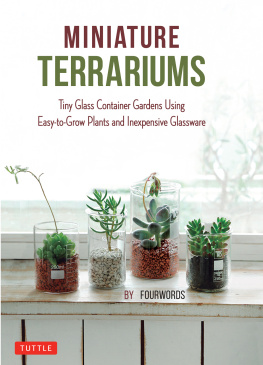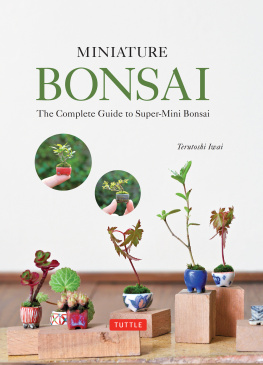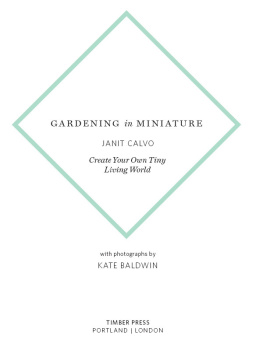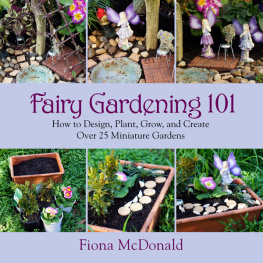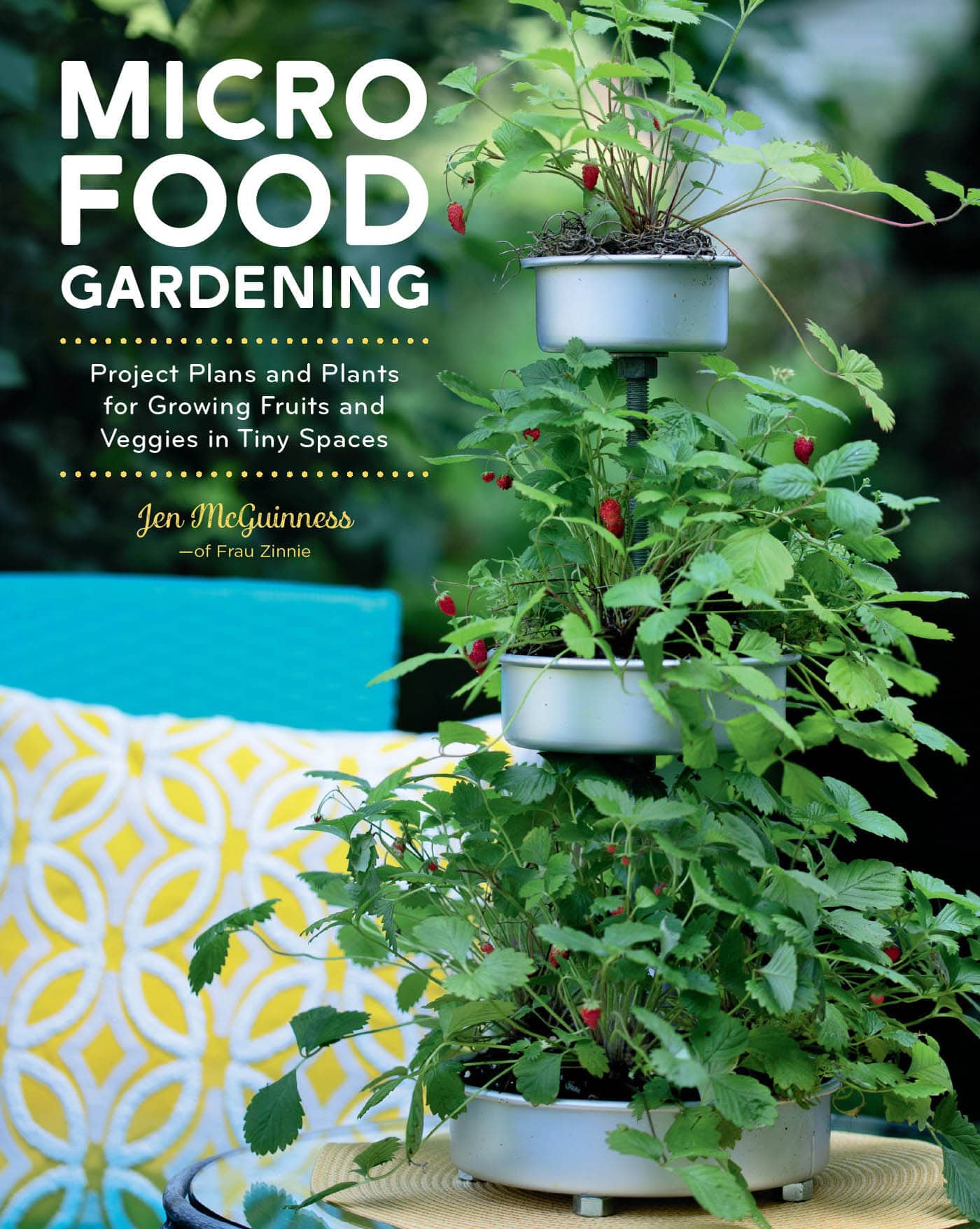Jennifer McGuinness - Micro Food Gardening: Project Plans and Plants for Growing Fruits and Veggies in Tiny Spaces
Here you can read online Jennifer McGuinness - Micro Food Gardening: Project Plans and Plants for Growing Fruits and Veggies in Tiny Spaces full text of the book (entire story) in english for free. Download pdf and epub, get meaning, cover and reviews about this ebook. year: 2021, publisher: Cool Springs Press, genre: Children. Description of the work, (preface) as well as reviews are available. Best literature library LitArk.com created for fans of good reading and offers a wide selection of genres:
Romance novel
Science fiction
Adventure
Detective
Science
History
Home and family
Prose
Art
Politics
Computer
Non-fiction
Religion
Business
Children
Humor
Choose a favorite category and find really read worthwhile books. Enjoy immersion in the world of imagination, feel the emotions of the characters or learn something new for yourself, make an fascinating discovery.

- Book:Micro Food Gardening: Project Plans and Plants for Growing Fruits and Veggies in Tiny Spaces
- Author:
- Publisher:Cool Springs Press
- Genre:
- Year:2021
- Rating:5 / 5
- Favourites:Add to favourites
- Your mark:
Micro Food Gardening: Project Plans and Plants for Growing Fruits and Veggies in Tiny Spaces: summary, description and annotation
We offer to read an annotation, description, summary or preface (depends on what the author of the book "Micro Food Gardening: Project Plans and Plants for Growing Fruits and Veggies in Tiny Spaces" wrote himself). If you haven't found the necessary information about the book — write in the comments, we will try to find it.
Not everyone has room to grow a full-sized tomato plant or a melon vine that takes up more room than your car, but everyone has space for a micro tomato that tops out at the height of a Barbie doll or a dwarf watermelon with vines that wont grow any longer than your leg. From miniature herbs and salad greens to tiny strawberry plants, baby beets, and mini cabbages, youll quickly discover that micro gardening offers a surprisingly diverse and delicious array of edible opportunities. Plus, with step-by-step instructions for a plethora of DIY micro food gardening projects, youll be up and growing in no time at all.
Whether you micro garden on a high-rise balcony, an itty bitty patio, a front porch container, or even in a basket on the handlebars of your bicycle, there are mini food plants ready to start cranking out fresh produce just a few weeks after planting.
Creative projects include:
With advice on plant selection and care, project plans, full color photography, and growing tips, Micro Food Gardening is here to show you the joys of growing your own fresh, organic food, no matter where you call home.
Jennifer McGuinness: author's other books
Who wrote Micro Food Gardening: Project Plans and Plants for Growing Fruits and Veggies in Tiny Spaces? Find out the surname, the name of the author of the book and a list of all author's works by series.


